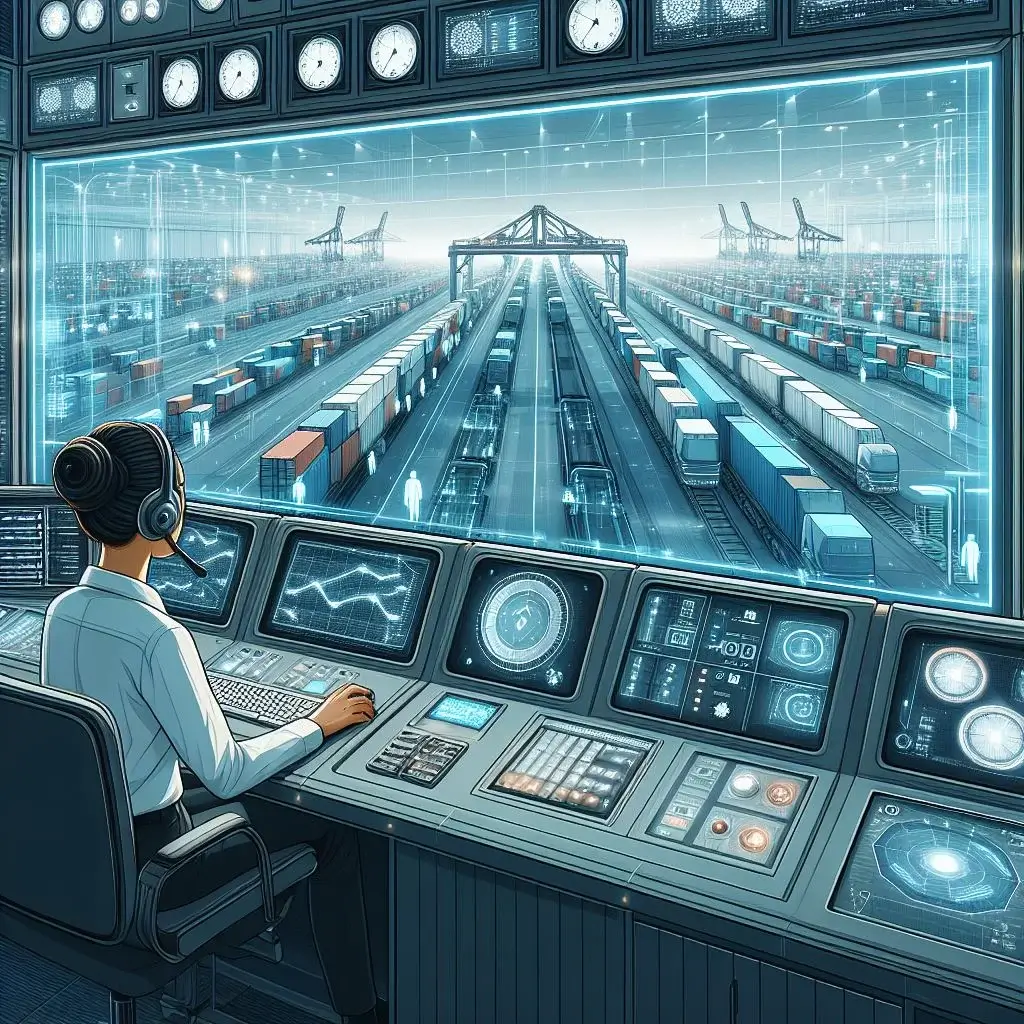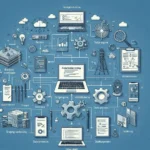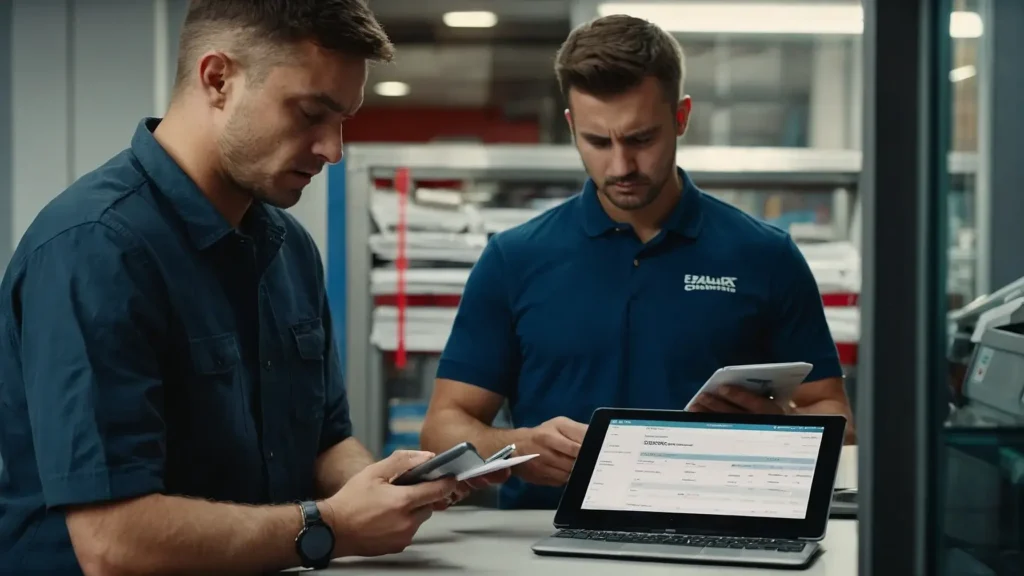Terminal automation systems have changed how sites and ports run their businesses. These high-tech solutions make it easy to handle many jobs, from keeping track of supplies to controlling and watching things in real-time. This detailed guide will go into great detail about what is Terminal Automation system, including its main parts, how it works, the benefits it offers, the difficulties that may come up when they are put into action, and what the future holds for them.
What is Terminal Automation System?
Terminal Automation Systems (TAS) are high-tech solutions that are meant to make operations run more smoothly and efficiently in many fields, especially in hubs like airports, seaports, and gas stations. To automate tasks, boost performance, and make things run more smoothly, TAS combines software, networks, and hardware. Over the years, terminal automation systems have grown in size and importance, keeping up with technological changes and higher performance standards. To better understand what is Terminal Automation system we will move deep into this topic.
Important Parts of Automated Terminal Systems
Hardware, software, and transmission technology are the three main parts of a terminal automation system. These parts collaborate to make sure that operations at the airport are accurately monitored and controlled. Let’s discuss each part in detail to get detailed information on what is Terminal Automation system.
Parts of Hardware
Sensors, meters, valves, pumps, and control structures are some of the basic parts of a terminal automation system. These parts work together to keep an eye on and manage the flow of products, making sure that numbers are correct, that handling goes smoothly, and that the transfer is stable.
Parts of Software
Intelligent algorithms, databases, and UI are some of the software parts of a terminal automation system that make it easier to handle and coordinate terminal activities. These software options make it easy to communicate, analyze data, and make decisions, so processes run smoothly and without mistakes.
Communication System
A terminal automation system’s communication framework lets different parts, devices, and users share info. It has networks, protocols, and platforms that let data be sent and monitored in real time from afar. This system ensures that everyone in the station can work together and coordinate effectively.
How Terminal Automation Systems Work and What They Can Do for You?
After knowing what is Terminal Automation system. The next question is how it works. Terminal automation systems have many features and perks that make running the station easier and more effective as a whole.
Stock Management Automation
One of the most important things that station automation systems can do is handle supplies automatically. These systems make it possible to accurately and automatically track the flow of goods, check stock levels in real time, and make reports. This makes sure that there are the right amount of items in stock, that restocking goes smoothly, and that mistakes don’t happen.
Operating Efficiently and Making the Best Use of Resources
Terminal automation systems make operations run more smoothly by streamlining tasks and requiring less human input. They make it possible to use resources more efficiently, cut down on wait times, and get rid of bottlenecks. These systems make processes more efficient, which boosts productivity, lowers costs, and boosts total terminal performance.
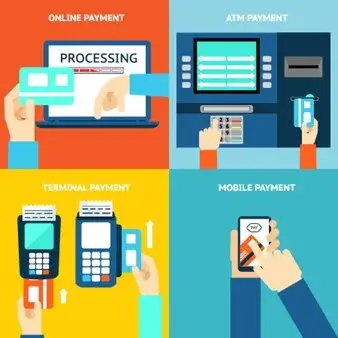
Better Protection and Safety
Terminal automation systems are a key part of making stations safer and more secure. They use high-tech tracking and control systems to find problems, keep track of who has access, and make sure security rules are followed. These methods lower the risk of crashes, spills, and illegal activities by reducing human mistakes and making sure that rules are followed.
Better Reliability and Precision of Data
With terminal automation systems, data is much more likely to be correct and safe. Disparities and errors are less likely to happen when tests are done automatically, data is synchronized in real time, and files are kept in one place. For making decisions, following the rules, and filing taxes, this makes sure that the info is accurate.
Also Check: What is the Simplest Form of Automation?
Putting in Place and Connecting Terminal Automation Systems
The second step after understanding what is Terminal Automation system is putting in place and connecting terminal automation systems needs a lot of planning and thought. Some measures need to be taken to make sure the implementation goes well and works well with the system that is already in place.
Study and Preparation Before Implementation
Before installing a terminal automation system, it is important to carefully look at what the terminal needs and what equipment is already in place. This includes setting clear goals, checking to see if it works with current systems, and planning when and how much to spend on implementation.
Setting up and Customizing the System
During system setup, the terminal automation system is changed to fit the terminal’s needs and ways of doing things. This includes setting boundaries, creating processes, and adding features that are personal to the business. The method is designed to make processes run more smoothly and give the most value.
Collaboration with Infrastructure Currently in Place
For activities to go smoothly, terminal automation systems must work with the current infrastructure without any problems. Integration with old systems, files, and communication methods is part of this. When integration goes well, important parts can still be used while the benefits of technology are taken advantage of.
How Operational Work is Done and How Processes Work in Terminal Automation Systems?
Automated tasks and processes in terminal automation systems make activities run more smoothly and efficiently.
Automatic Input and Collection of Data
No longer do you have to enter data and do boring tasks by hand in computer automation systems. These systems make it possible to automatically collect and access data, so you don’t have to do the boring work of entering data by hand. Automated data gathering makes sure that records are kept correctly and quickly, which saves time and cuts down on mistakes.
Supervision and Tracking in Real-time
Terminal automation systems let workers keep a close eye on every action in the airport by letting them watch and handle things in real time. These tools give a full picture of what’s going on at the port, from keeping track of the flow of goods to handling staff and equipment. Real-time tracking makes it possible to make smart decisions and use resources efficiently.
Reports and Study
Terminal automation systems collect and handle data so that it can be used for research and reports. These systems make reports that show how well the computer is working, how resources are being used, and where possible problems might be. By looking at these records, station workers can find places to improve and make choices based on facts to make sure that operations run as smoothly as possible.
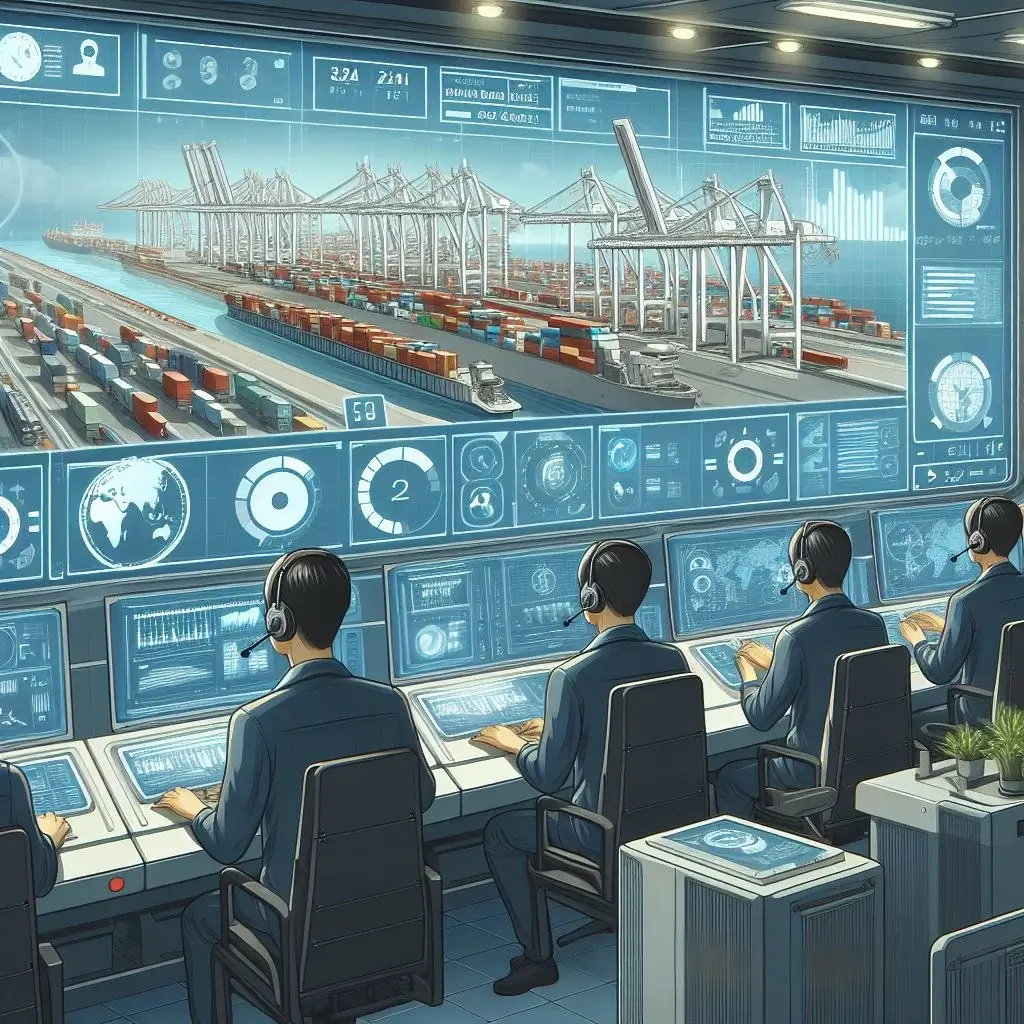
Case Studies and Reports about How Terminal Automation Systems have Worked Well
A number of case studies and success stories show how terminal automation systems have changed the way terminals work.
1- Setting up in Port X
Port X chose to put in a port automation system because it was taking too long and not working well. The results were amazing: operations ran more smoothly, downtime went down, and customer happiness went up. Port X is now a great example of how automation can completely change an operation thanks to how well the port automation system fits in.
2- Accomplishments in Terminal Y
When a terminal automation system was put in place at Terminal Y, it led to many benefits and successes. The method cut down on mistakes made by people, organized processes, and sped up response times, all of which made customers happier. Terminal Y is proof of how powerful terminal automation systems can be in changing things. You can face some problems after knowing what is terminal automation system and its features.
Problems and Things to Think About When Putting in Place Terminal Automation
There can be some problems you may face after knowing what is Terminal Automation system and how it works and its implementation.
Systems
There are many good things about terminal automation systems, but there are also some problems and things to think about when using them.
ROI and Costs
It takes money to set up a terminal automation system, so it’s important to figure out the return on investment (ROI). With the right planning and research, you can find out what the long-term savings and benefits of technology are. The initial purchase may seem like a lot of money, but the possible long-term benefits make it worth it.
Handling of Changes in an Organization
For a company to implement a terminal automation system, change management must work well. It means getting rid of people who don’t want to change, giving them training and help, and making sure everyone agrees with the new method. The change to a terminal automation system can go smoothly and successfully if the organizational changes are handled well.
Training and Getting Better at Things
To get the most out of a terminal automation system, you need to get training and improve your skills. Even though these systems are made to be easy to use, making sure that the station staff can make the most of them by spending on training programs is important. The terminal team can get the most out of technology if they have the right knowledge and skills. Now let’s move to the final topic of what is Terminal Automation system future.
Read: Different Ways to Automate Google Reviews in 2024
Future of Terminal Automation System
Coming trends and new ideas that make them even better will shape the future of terminal automation systems.
Introducing the Internet of Things
When the Internet of Things (IoT) is combined with terminal automation systems, gadgets and monitors can talk to each other without any problems. IoT integration opens up a world of options, from auto gate functions to temperature-controlled tools. It gives terminal automation a magical touch by letting systems talk to each other and making processes better.
How AI and Machine Learning Can Be Used
Terminal automation systems are smarter and more efficient thanks to artificial intelligence (AI) and machine learning. These tools can look at huge amounts of data, guess what will happen, and make plans work better. AI and machine learning help people make decisions, make operations more efficient, and push for constant growth.
Techniques for Predictive Evaluation and Improvement
By letting you take preventative steps, predictive analysis, and optimization methods are changing the way terminal automation systems work. These methods use information from the past and complex formulas to guess what will happen in the future and find possible problems. Terminals can improve total performance, cut costs, and become more efficient by constantly improving processes.

FAQs on Topic What is Terminal Automation System?
What kinds of tasks does a TAS take care of automatically?
- Product Receipt: This process automatically takes in products and checks their paperwork, weight, and temperature.
- Tracks where products are, how much they’re in there, and how they move around in tanks.
- When it comes to mixing and injecting, it mixes and adds additives exactly as needed.
- For exact movements, it controls pumps, valves, and meters for loading and unloading.
- Documentation and Reporting: It automatically makes records on compliance, assets, and transactions.
What kinds of TAS are there?
- Truck Terminal Automation Systems (TTAS): Take care of the filling and unloading of trucks.
- Rail Terminal Automation Systems (RTAS): These systems load and unload railcars automatically.
- Marine Terminal Automation Systems (MTAS): Control the movement of goods from and to ships and boats.
- Automate pipeline processes so that products can move with Pipeline Terminal Automation Systems (PTAS).
What will be the next big thing in automating terminals?
- Cloud-based TAS is becoming more popular because it is scalable, flexible, and easy to set up.
- Using AI and machine learning together: Predictive repair, improved processes, and decision-making in real-time are all made possible.
- Better protection measures: keeping data and important assets safe from online dangers.

